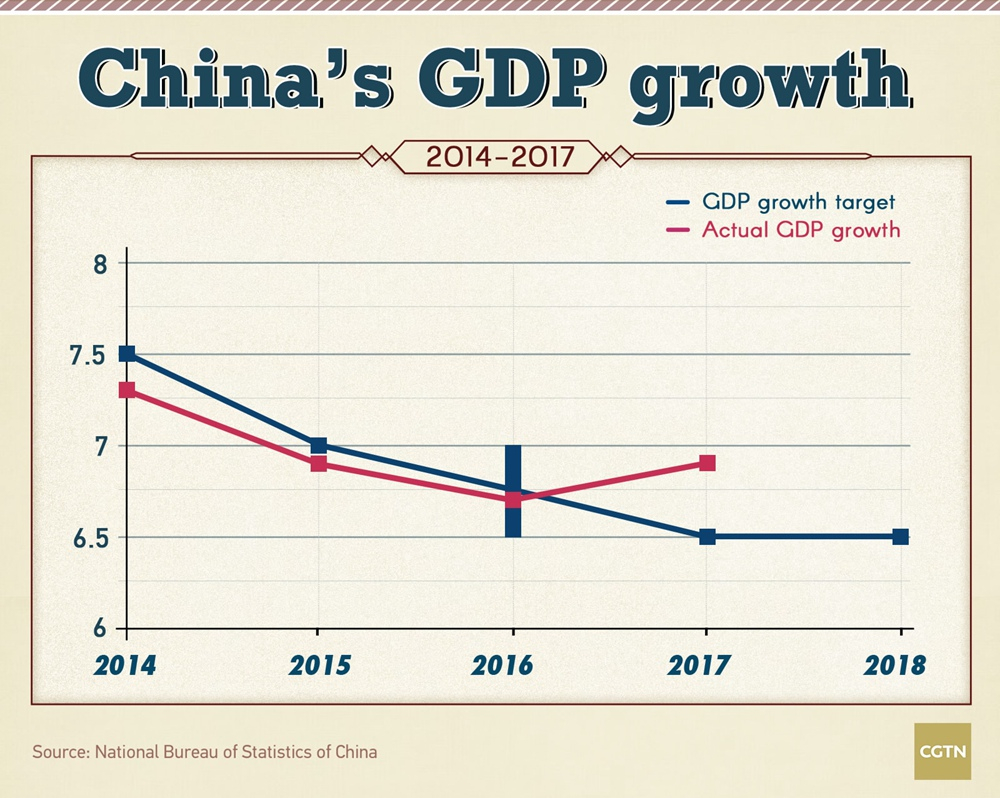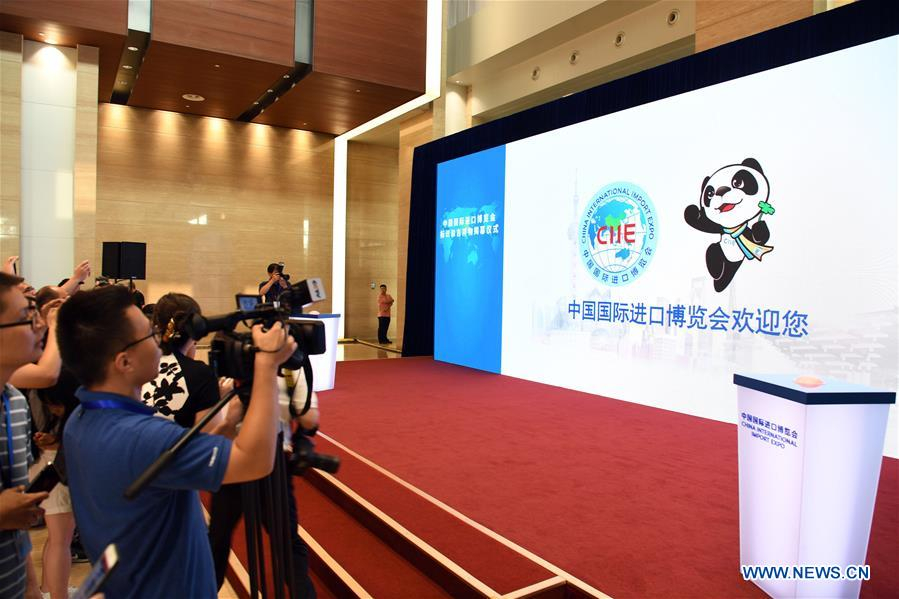
Politics
21:13, 31-Jul-2018
China expected to announce more reform measures
Updated
20:34, 03-Aug-2018
CGTN
00:47

Top leaders of the Communist Party of China (CPC) on Tuesday called for efforts to accelerate reform and opening up in the second half of 2018, indicating that a number of new reform measures could be announced soon.
According to a meeting of the Political Bureau of CPC Central Committee, China will keep its economy on a stable and healthy development track with a proactive fiscal policy and prudent monetary policy.
The meeting, presided over by Xi Jinping, general secretary of the CPC Central Committee, stressed that China will maintain the basic tone of "seeking progress while maintaining stability" for its economic work and allow the economy to continue to perform within a reasonable range.

China's gross domestic product (GDP) expanded 6.8 percent year-on-year in the first half of 2018, an encouraging sign that the country is on track to meet its annual growth target of around 6.5 percent.
'Substantially relaxing market access'
This year marks the 40th anniversary of the implementation of China's reform and opening-up policies, which has transformed the once poor country to the world's second largest economy and a major growth engine.
In the second half of this year, the country should continue to promote reform and opening up and formulate a number of "effective" major reform measures, according to a statement released after the meeting.
More efforts will be made to implement policies on expanding openness and "substantially relaxing market access" for foreign investment, the statement added.

Xi Jinping, also the Chinese president, unveiled four new measures to advance reform and opening up at the Boao Forum for Asia annual conference in April. The measures include facilitating foreign financial services, increasing imports, strengthening protection of intellectual property rights, and expanding market access to foreign capital.
At Tuesday's meeting, the CPC leaders vowed to further promote the Belt and Road Initiative and make the first China International Import Expo (CIIE) in November a success.
Proposed by Chinese President Xi Jinping in 2013, the Belt and Road Initiative comprises the Silk Road Economic Belt and the 21st Century Maritime Silk Road. It aims to build trade and infrastructure networks connecting Asia with Europe and Africa along and beyond the ancient Silk Road routes.

The unveiling ceremony of the mascot and logo of the China International Import Expo (CIIE) in Shanghai, east China, July 27, 2018. /Xinhua Photo
The unveiling ceremony of the mascot and logo of the China International Import Expo (CIIE) in Shanghai, east China, July 27, 2018. /Xinhua Photo
'New challenges' and 'changed external environment'
The statement noted that the Chinese economy is facing new problems and new challenges as the external environment changes significantly, calling for "targeted measures" to resolve the issues.
China and the United States have been engaged in serious trade frictions in recent months. Washington imposed additional tariffs of 25 percent on Chinese goods worth 34 billion US dollars in early July, to which Beijing responded by levying countermeasure tariffs on select US imports.
Moreover, the statement stressed that efforts should be made to push supply-side structural reform and win the "three tough battles" of preventing financial risks, reducing poverty and tackling pollution.
Initiated in 2015, the supply-side structural reform is focusing on eradicating ineffective capacity, fostering new drivers of growth and cutting costs in the real economy this year.

Zhou Xing, a middle school student, shows his invention during a youth science and technology innovation competition in Nanning, south China's Guangxi Zhuang Autonomous Region, March 23, 2018. /Xinhua Photo
Zhou Xing, a middle school student, shows his invention during a youth science and technology innovation competition in Nanning, south China's Guangxi Zhuang Autonomous Region, March 23, 2018. /Xinhua Photo
Measures to control financial risks and serve the real economy should be better coordinated, the statement said, calling for unwavering efforts in deleveraging.
Since 2017, the growth of China's leverage ratio has slowed down substantially. The leverage ratio in 2017 was 2.4 percentage points higher than 2016, and the growth was 10.9 percentage points lower than the average annual growth rate from 2012 to 2016.
Still, the statement urged decisive policies to curb the rise of housing prices and extra efforts to create jobs.
The meeting also reviewed the regulations of the CPC on disciplinary action.
The CPC Central Committee convened a symposium earlier in July to seek advice from leading members of non-Communist parties, the All-China Federation of Industry & Commerce and representatives of personages without party affiliation with regards to the current economic situation and the economic work in the latter half of the year.

SITEMAP
Copyright © 2018 CGTN. Beijing ICP prepared NO.16065310-3
Copyright © 2018 CGTN. Beijing ICP prepared NO.16065310-3